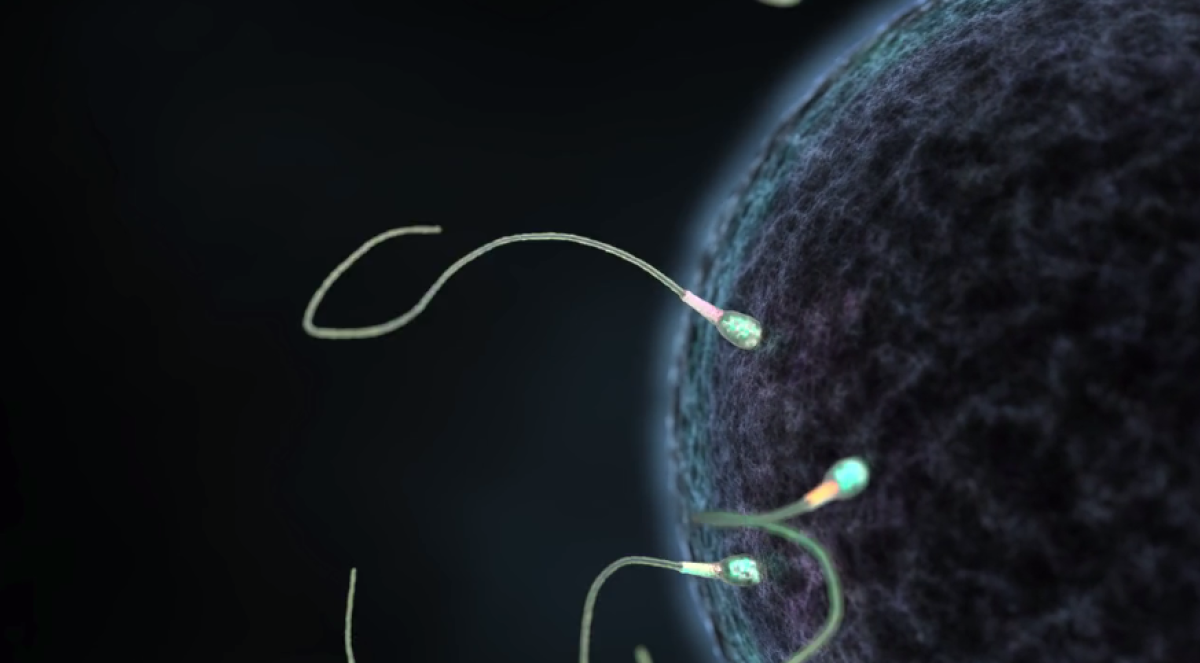
Is there anything that can't be explained by a good Star Wars analogy? Researchers from the Wyss Institute at Harvard University have created The Beginning, a three-minute video that uses the science fiction franchise to explain the ultimate mystery of life, reproduction. In doing so, they also discovered a never-before-noted molecular process of sperm, much to their surprise.
Using a combination of cinematic music and pleasant imagery, Don Ingber, the founding director of the Wyss Institute for Biologically Inspired Engineering, and Charles Reilly, a staff scientist at the Wyss Institute, liken the egg to a galactic spaceship and sperm as the smaller crafts trying to infiltrate its force field. The video is realistic and anatomically correct, from the size ratio of the sperm and egg to the very movement of the sperm's tail.
Related: Male infertility crisis in U.S. has experts baffled
"It turns out that creating an accurate biological model and creating a believable computer-generated depiction of life in film are very similar, in that you're constantly troubleshooting and modifying your virtual object until it fits the way things actually look and move," said Reilly, Gizmodo reported.

While the project is a fun way to teach the often awkward subject of sex education, it has scientific value as well. While creating the film, the duo unexpectedly stumbled upon a new molecular process of sperm.
Related: Western men could struggle to become fathers as sperm count halves in 40 years
In a study published in ACS Nano, Reilly and Ingber explain that in the process of creating the simulation of the sperm's movement for the video, they discovered that a specific region of the sperm's tail will spontaneously move in its characteristic direction when force is applied at the binding spot. In the video, the team portray the sperm's axoneme, a long tube consisting of nine pairs of smaller tubes that extend along the entire length of the sperm, and proteins known as dyneins in the axoneme. The video shows the dyneins moving in sync to help propel the sperm tail. This is something never before documented.
As the duo wrote in their paper on the topic, the "pursuit of an artistic work led to insights into biology at the nanoscale as well as the development of a highly generalizable modeling and simulation technology that has utility for nanoscience and any other area of scientific investigation that involves analysis of complex multiscale systems." In other words: art helps science.
Uncommon Knowledge
Newsweek is committed to challenging conventional wisdom and finding connections in the search for common ground.
Newsweek is committed to challenging conventional wisdom and finding connections in the search for common ground.
About the writer
To read how Newsweek uses AI as a newsroom tool, Click here.








